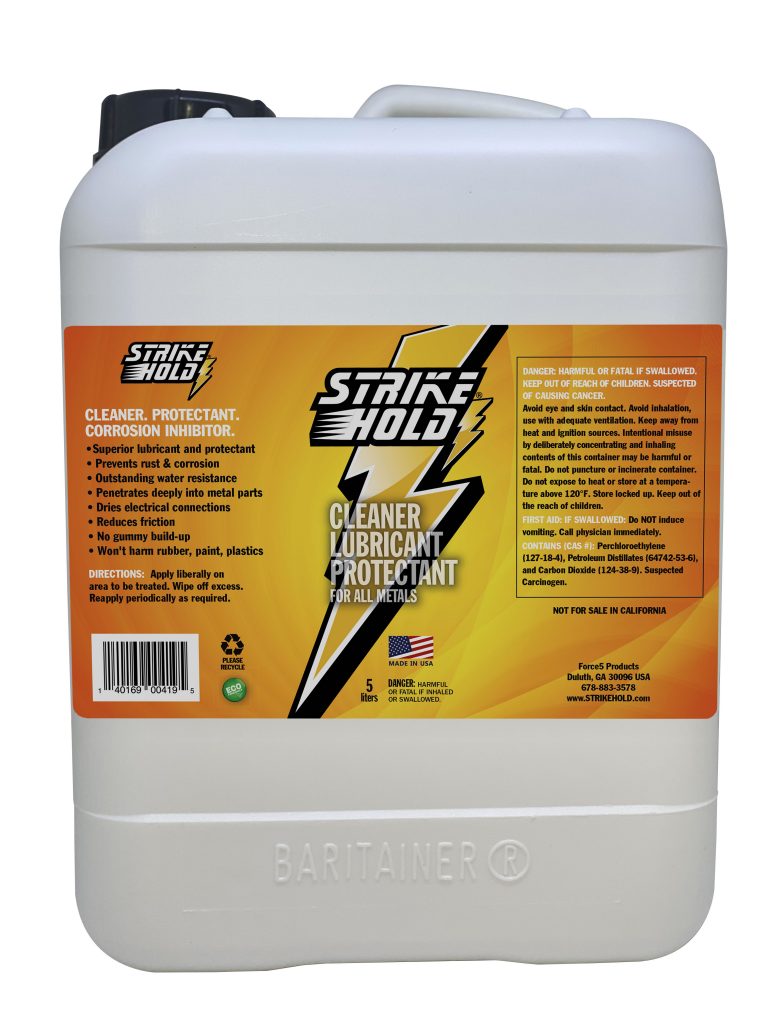Ensuring the long-term success of wind systems and the alternative energy sector will require protecting a wide variety of equipment from the elements in harsh outdoor settings while optimizing performance and minimizing required maintenance. For wind turbines of all sizes, critical components must be able to stand up to constant exposure to sun, rain, dew, humidity, wind, and dust for the life of the system.
The challenge is that many of the primary components of wind turbines, including the generator, rotor blades, and tower, are also susceptible to corrosion. In moving parts such as rotor blades, high friction due to rust can be particularly problematic, compromising energy generation and requiring excessive maintenance or even early replacement.
The internal components, electronics, and wiring of wind generators, rotor blades, and towers are susceptible to corrosion and electrolysis, which can compromise function and lifespan.

Anti-corrosion protectant
In response, industry professionals are turning to a unique anti-corrosion protectant, cleaner, and lubricant called StrikeHold®. The spray was originally developed to preserve and maintain U.S. military weapons and heavy equipment for use in some of the harshest working conditions in the world.
Today when wind-turbine rotors or other moving components require dry lubrication, the compound is designed to be effective. As a lubricant, the fast-acting, penetrating compound cuts through rust and dirt, quickly getting into metal parts to reduce excessive friction. The lubricant contains synthetic-based additives that act like microscopic ball-bearings to minimize friction, facilitate maintenance, and improve operation. The compound also protects circuit boards, electrical circuits, and metal components in corrosive environments while improving electrical continuity and contacts. The spray not only protects the wide range of wind-system and renewable-energy equipment comprised of such components, but it extends its usable life and facilitates more efficient energy conversion as well.

Eliminating harsh effects
The use of StrikeHold has the potential to largely eliminate the effects of moisture, corrosion, and electrolysis in such equipment. The micro barrier that it forms on components is so complete that an electrical charge cannot be passed from the metal into water. It also improves electrical performance by cleaning and protecting contacts and internal parts, including circuitry and connections. The anti-corrosive protectant sprays on clear or applies wet and dries in place.
The protectant is designed to waterproof components and can even be used on equipment that is already wet in the field. Because it has a specific gravity greater than water, when applied to a wet surface it penetrates to the hard exterior, pushes water from the surface, and coats the area.
Since the cleaner has antistatic properties, dust, dirt, and grime do not adhere to it in the natural environment. Dust blown onto a treated surface blows off cleanly with wind or rain, leaving the coating intact.

Potential application
In one potential application, StrikeHold is being evaluated by a maintenance firm in rural Alaska whose platform facilitates smart servicing for wind, solar, battery energy storage systems (BESS), microgrids, and fleets of back-up diesels. The compound is being considered for a variety of potential applications.
As the variety and quantity of sustainable wind- and renewable-energy equipment continues to proliferate in harsh outdoor settings, getting the most out of the technology will require superior operations and maintenance procedures that protect the investment and enhance output over the long haul. Maintenance managers who use easy-to-apply compounds that safeguard against corrosion and electrolysis will have an advantage in the field and marketplace.
























